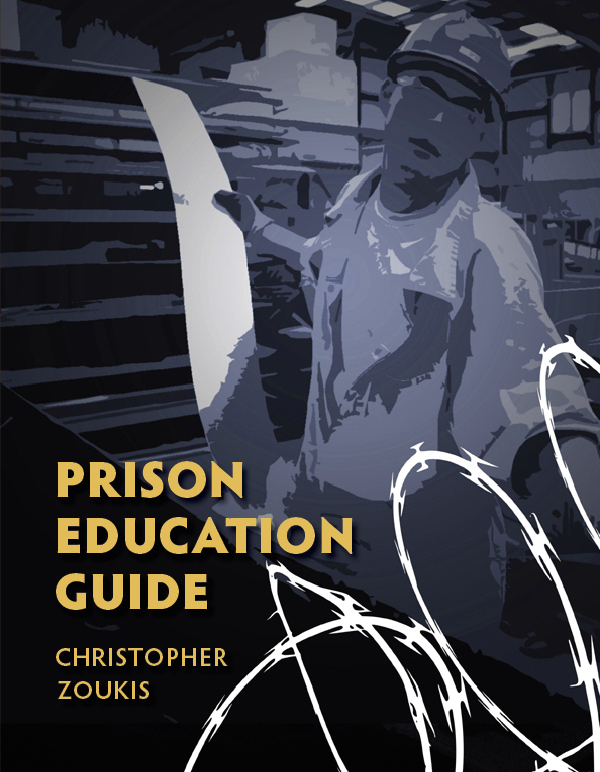The Crushing Toll of Ohio’s Death Penalty: A Billion-Dollar Failure
by David Kim
Ohio’s death penalty system, which has consumed over a billion dollars, delivers neither justice nor closure, according to a damning report by Ohioans to Stop Executions. The system—marked by exorbitant costs, prolonged delays, and a troubling history of wrongful convictions—fails victims’ families, prison staff, and the wrongfully accused.
The financial burden of Ohio’s capital punishment system is staggering. Each death penalty case costs taxpayers at least $3 million, totaling $1.026 billion for the 342 death sentences issued since the state’s current law took effect in 1981. That’s $86 per Ohioan, a figure that Ohio Attorney General Dave Yost has called “a stunning amount of money to spend on a program that doesn’t achieve its purpose.”
Yet the costs extend far beyond dollars. For victims’ families, the death penalty doesn’t offer closure but rather decades of anguish, as cases crawl through a labyrinth of appeals designed to ensure the validity of convictions. “For families left in the wake of violence where a death sentence is the outcome, closure is a myth, and more trauma is the reality,” the report states. Corrections officers tasked with carrying out executions suffer lasting psychological scars, with many experiencing post-traumatic symptoms. And for the wrongfully convicted, the system represents a harrowing gamble with their lives.
The report, which is dedicated to Dale Johnston, a Hocking County man who spent nearly seven years on death row before his exoneration in 1991, underscores the system’s fallibility. Johnston, who died in October 2024, became a symbol of its failures, having tutored fellow prisoners while wrongly incarcerated. His case is one of 11 documented instances of innocence in Ohio’s death penalty history.
A Shrinking Yet Stubborn Practice
In 2024, Ohio’s use of the death penalty reached historic lows. Grand juries returned just two capital indictments—the fewest since the state’s modern death penalty law was enacted 43 years ago. One case, involving Cameron Moore in Knox County, ended with a guilty plea and a life sentence without parole. The other, against Devin O’Brien in Erie County for the alleged murder of a three-year-old girl, remains unresolved. O’Brien was transferred to a mental health facility for evaluation.
Only one new death sentence was imposed in 2024, the first since 2020. Gurpreet Singh, convicted in Butler County of murdering four family members amid a contentious divorce, was sentenced to death by a three-judge panel after a hung jury in his first trial. The rarity of new sentences reflects a broader trend: since 2004, capital indictments and death sentences have plummeted, with the state averaging just 0.4 new sentences annually over the past five years, compared with 16 per year from 1985 to 1989.
This decline may stem from growing public unease with capital punishment due to the system’s costs and its history of errors. Hocking County, a rural jurisdiction, stands as an outlier, pursuing capital indictments at a rate 185% higher since 2017 than in the previous 35 years. Yet even there, outcomes rarely result in death sentences; instead, recent cases have resulted in acquittals, life sentences, or lesser terms.
The Human Toll
The death penalty’s impact on victims’ families is profound and protracted. The Pike County massacre, in which eight members of the Rhoden family were killed in 2016, illustrates the system’s delays. Nearly nine years later, the trial of the final defendant, a member of the Wagner family, remains stalled, with no resolution in sight. “The Rhoden family has waited almost nine years for the criminal cases to end, and they now have to wait indefinitely longer for a chance at justice,” the report notes.
For corrections officers, executions exact a heavy psychological toll. Gary Mohr, a former Ohio Department of Rehabilitation and Correction director who oversaw 15 executions, has spoken of the lasting trauma endured by staff. “Executions leave deep and lasting psychic wounds,” the report notes, citing studies on post-traumatic symptoms among prison workers.
The risk of executing the innocent looms large. Elwood Jones, convicted in 1996 for a murder in Hamilton County, had his conviction overturned in 2022 after prosecutors were found to have withheld over 4,000 investigative documents. Now awaiting a retrial, Jones, who spent nearly three decades on death row, spends his days sewing stuffed animals and cherishing time with family. His case is pending before the Ohio Supreme Court and could make him the state’s next exoneree.
A Shrinking Death Row
Ohio’s death row houses 119 prisoners as of late 2024 and is shrinking. Since the state’s last execution in 2018, 35 prisoners have been removed, most resentenced to life terms or lesser penalties. In 2024 alone, four were removed: two due to severe mental illness under a 2021 law, one for intellectual disability, and one resentenced to 53 years in prison. Of the 118 active death sentences, 40 involve claims of severe mental illness or intellectual disability, highlighting the system’s tendency to target vulnerable individuals.
Hamilton County is responsible for 25% of Ohio’s death row prisoners despite being the location of only 9% of the state’s murders. It exemplifies the geographic disparity in capital punishment. Nationally, just 2% of counties account for most death penalty cases, a pattern Ohio mirrors.
Legislative Stalemate
Efforts to repeal Ohio’s death penalty gained traction in 2024 but fell short. Senate Bill 101, which sought to abolish capital punishment, received overwhelming support from more than 100 witnesses, including former prison officials, faith leaders, and victims’ families. Yet opposition from a handful of prosecutors, including Trumbull County’s Dennis Watkins, who argued, “This state needs to have a big stick,” stalled progress. House Bill 259 proposed redirecting savings from repeal to victim services also failed to advance despite testimony from former public defender Tim Young, who questioned whether Ohioans would prefer spending millions on a failing system over investing in roads and education.
Some lawmakers are pushing to expand execution methods. House Bill 36, introduced in February 2025, seeks to legalize nitrogen gas executions, following Alabama’s controversial use of the method. Witnesses to Alabama’s first nitrogen execution described the prisoner appearing conscious and writhing in distress, raising ethical concerns. Ohio’s bill includes secrecy provisions to shield the state from supplier backlash, as nitrogen manufacturers, like lethal injection drug makers, have barred their products from use in executions. Critics warn that such measures could jeopardize medical supply chains if manufacturers restrict sales to Ohio.
A Call for Abolition
Governor Mike DeWine postponed three executions scheduled for 2025—those of Percy Hutton, Samuel Moreland, and Douglas Coley—until 2028, citing the unavailability of lethal injection drugs. He has signaled that no executions are likely under his watch, a stance that underscores the system’s paralysis.
The report concludes with a stark verdict: “After four decades of trying to make the death penalty work, the evidence is conclusive: it doesn’t.” It argues that Ohio’s capital punishment system is not a tool of justice but a “failed government program” that squanders resources, harms victims’ families, endangers the innocent, and traumatizes all involved. Repealing the death penalty is not only fiscally prudent but a moral imperative, according to the report.
As Ohio grapples with the death penalty’s legacy, the question that all Ohioans must address is: How much longer will the state sustain a system that delivers only delay, disappointment, and devastation?
Source: Ohioans to Stop Executions, The Human Cost of the Death Penalty
As a digital subscriber to Criminal Legal News, you can access full text and downloads for this and other premium content.
Already a subscriber? Login





